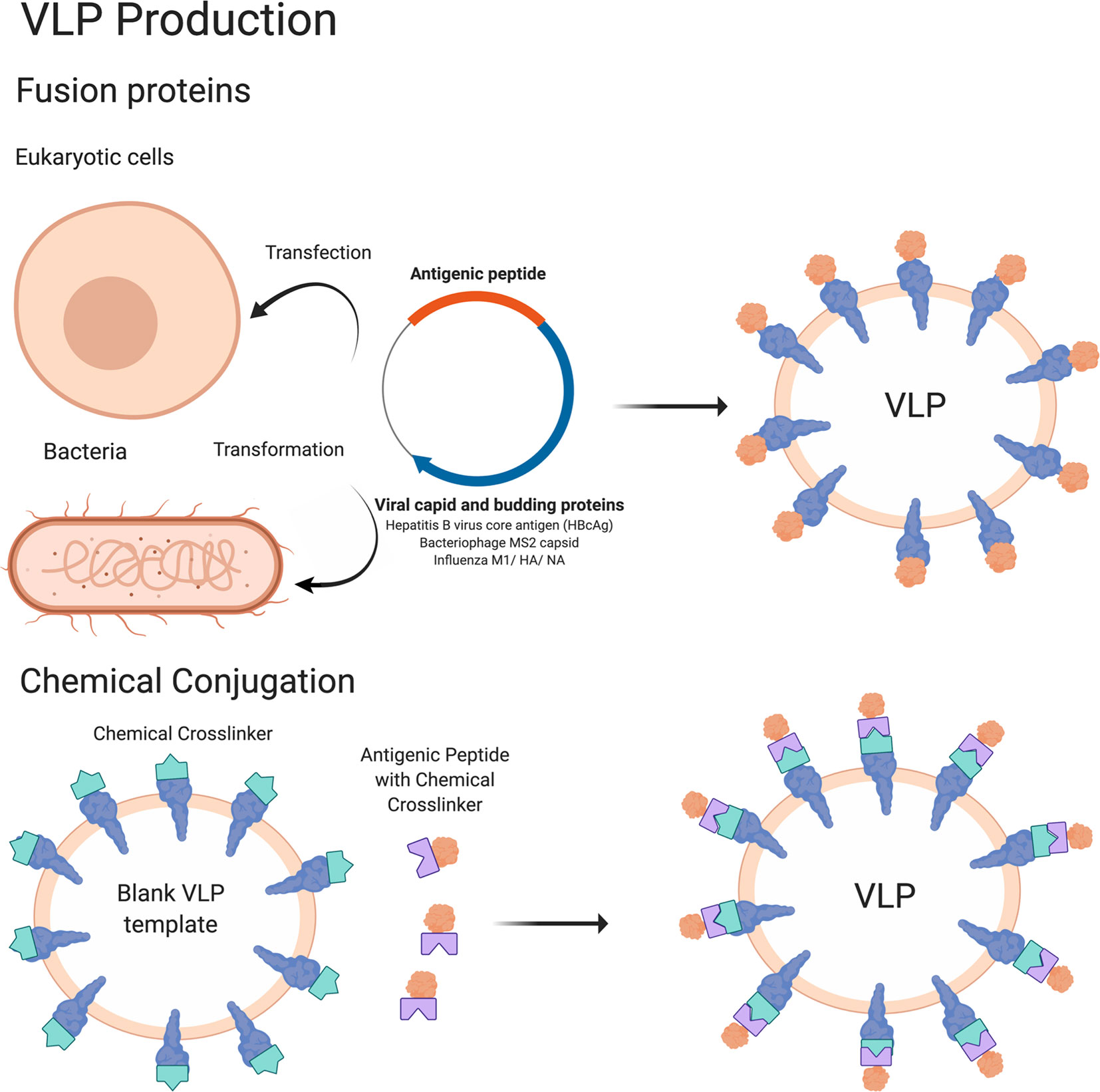
That's important because if Moderna continues to release 5.8 million doses a week, it will only have released 85 million doses by the end of March. "Pfizer and Moderna are committed to delivering a total of 200 million doses by the end of March, with much of it coming at the end of the quarter," Slavitt said during the briefing. Shots - Health News Moderna And Pfizer Need To Nearly Double COVID-19 Vaccine Deliveries To Meet Goals


The projections can help states with planning. That's good news," said Andy Slavitt, White House adviser on the COVID-19 response, at a Wednesday press briefing. "Yesterday, we announced a 16% increase in supply flowing to states every week for the next three weeks to a minimum of 10 million doses per week. Meanwhile, Pfizer doses increased only slightly over the previous week - 70,000 doses, or less than 2% - for a total just shy of 4.4 million vaccine doses this week. That's 1.5 million more doses than the 4.3 million the company supplied the previous week - an increase of about 35%. The federal government has allocated 5.8 million Moderna doses to states this week, according to the latest data from the Centers for Disease Control and Prevention. Although both companies will need to significantly increase the number of weekly doses they release to the government to reach those goals, Moderna has made significant progress in the last week. government with 100 million doses of the vaccine by March 31. But before that can happen, Pfizer and Moderna have to fulfill their commitments under their original federal supply contracts.Įach company is responsible for supplying the U.S. President Biden said last Tuesday that his administration is already working on ordering more COVID-19 vaccine doses to increase the U.S. Okonjo-Iweala sought to remain neutral on the issue, but said WTO members could find flexibility to make sure more vaccines are produced in developing nations.A worker carries boxes containing the Pfizer-BioNTech COVID-19 vaccine that were being prepared for shipment from a Pfizer facility in Portage, Mich., in December. The European Union is set to raise many of the same points Okonjo-Iweala made, specifically looking to increase manufacturing production in Africa.ĮU nations have criticised a call by the US to waive COVID-19 vaccine patents as a way to increase supplies, arguing the move would yield no short-term or intermediate improvement and could even have a negative impact. The summit set for Friday, co-hosted by the European Union’s executive arm and Italy, is expected to draw the Group of 20 industrial and emerging-market nations, the heads of international organisations and representatives of global health bodies. “So this has to change.” She added that Latin America has about 2 percent of global production capacity. “It’s not normal that Africa, with 1.3 billion people, has 0.17 percent of the manufacturing capacity of the world,” she said. One of the main challenges is diversifying vaccine production, which is now 80 percent concentrated in 10 European, North American and South Asian nations, Okonjo-Iweala said, calling the situation a problem that “has come home to roost”. She said the world has the capacity to manufacture some five billion vaccine doses overall, but that as the virus has spread “we require twice and three times that.

On the eve of a global health summit in Rome, WTO Director-General Ngozi Okonjo-Iweala told European Union legislators that normal market forces for exports and imports couldn’t apply when it comes to the life-or-death issue of COVID-19 vaccines, as many of the world’s wealthiest nations were hoarding the shots for their own populations when the coronavirus crisis hit their home turf. The head of the World Trade Organization (WTO) said Thursday that it is of paramount importance to diversify vaccine manufacturing and to have more production taking place in Africa and Latin America to contain the COVID-19 pandemic.


 0 kommentar(er)
0 kommentar(er)
